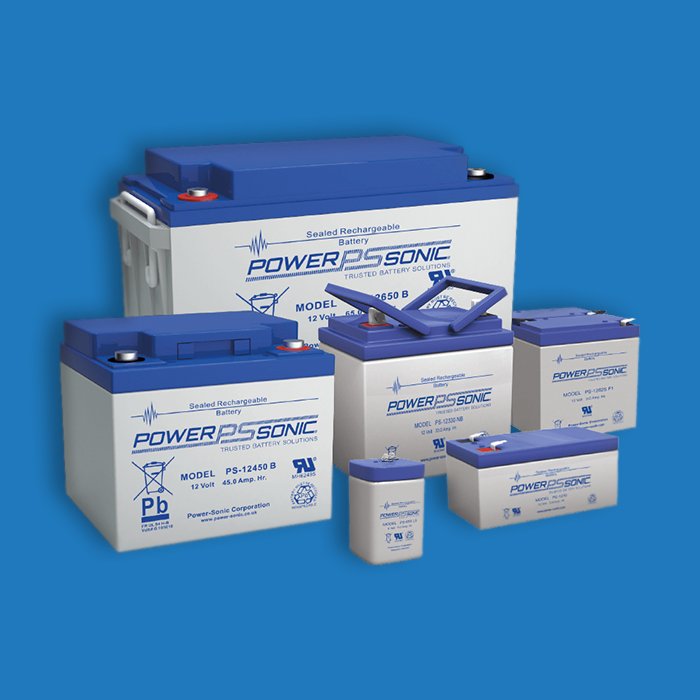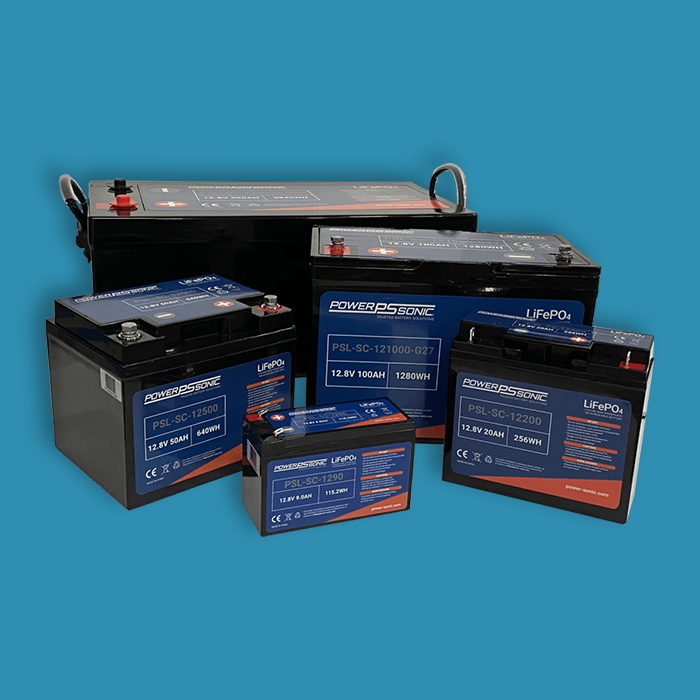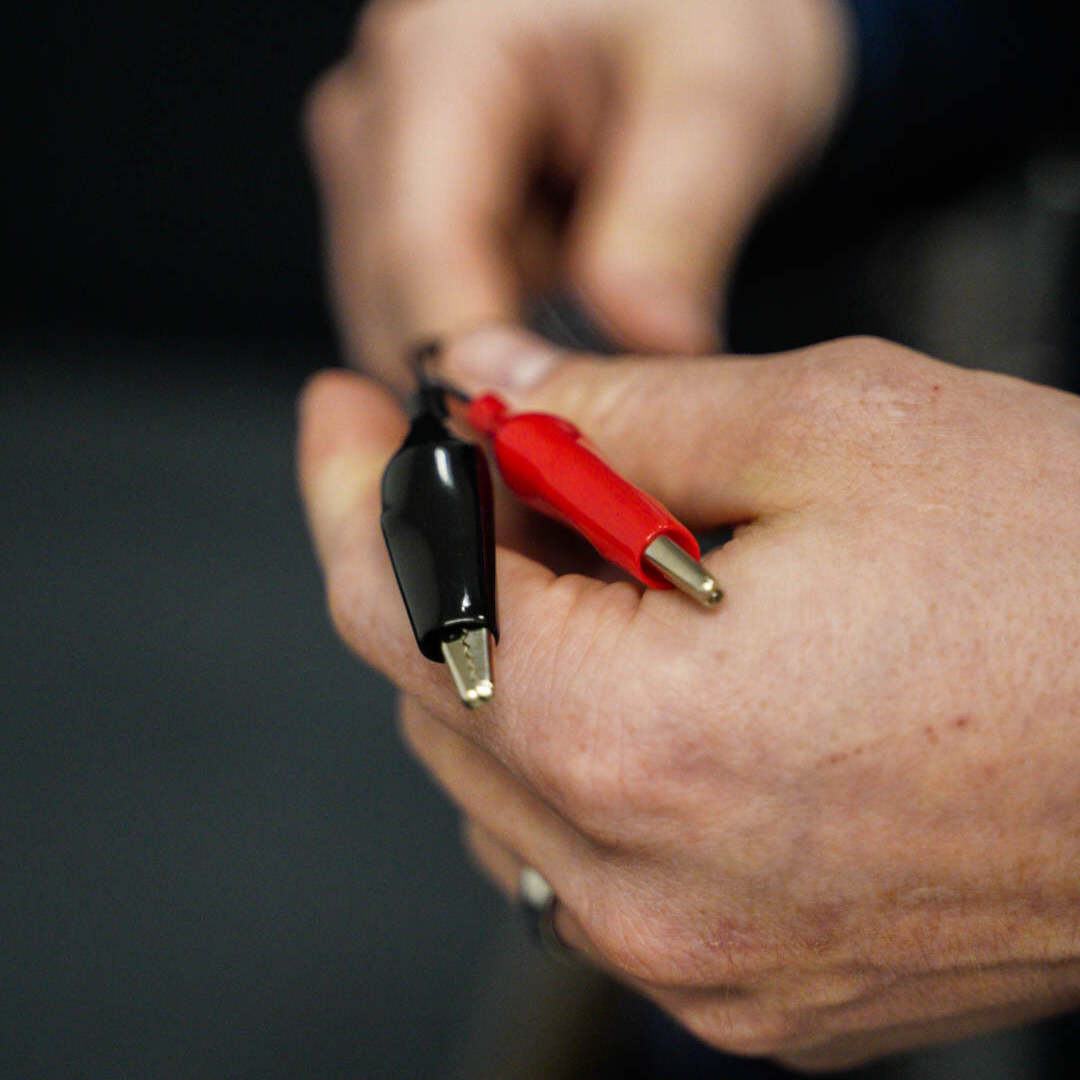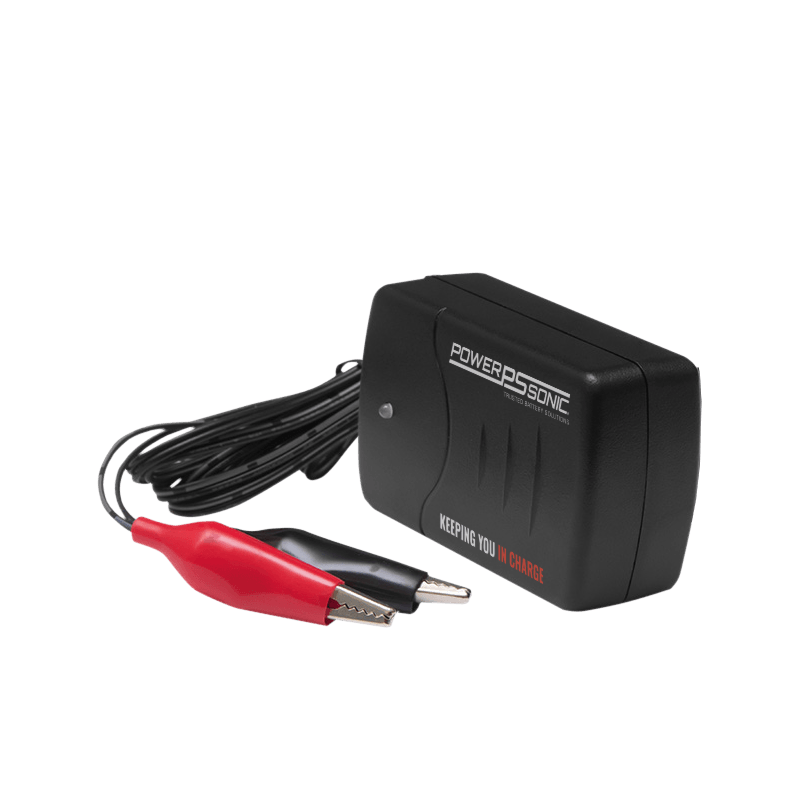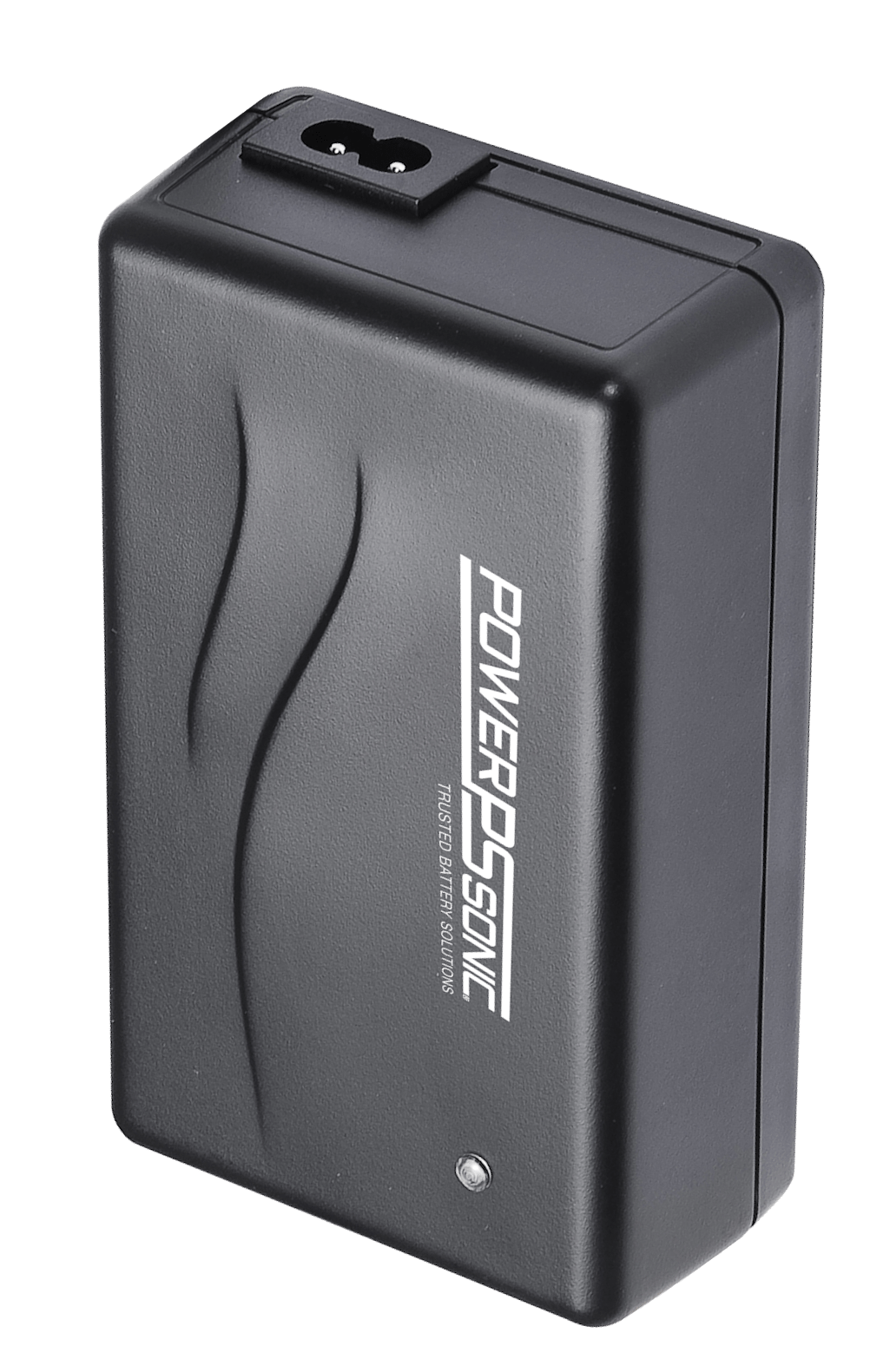If you aren’t familiar with the basics of electricity, selecting the right battery for your application can be a challenge. The purpose of this blog post is to make it easy to size the right battery for your application.
How do I measure electricity?
Batteries produce Direct Current (DC) electricity. DC systems include a positive and a negative lead (e.g., a sealed lead acid battery). When the leads are attached to an appliance, electrical charge flows from the battery to the appliance through wires. In this sense, electricity flows through a battery like water flows through a fire hose.
For example, pressure is constant in a fire hose whether water is flowing or not. Similarly, voltage is constant in an electrical system whether the battery is connected to an appliance or not. We can use voltage to determine the compatibility of a battery and an appliance. For example, 12-volt batteries should be used with 12-volt appliances.
The thicker the fire hose, the more water can flow through. Similarly, amperage represents the volume of electricity flowing through a system. Systems with higher amperage ratings have more energy running through the system.
Wattage equals voltage multiplied by amperage. Wattage represents total amount of electricity going through a system.
How much energy is contained in my battery system?
The best way to calculate the amount of energy in a battery system is using wattage. For example, a 6-volt 5 amp battery contains 30 watts. Similarly, a 12-volt 2.5 amp battery also contains 30 watts.
Watt hours is a great metric that allows us to compare electricity consumption. For example, if you use 10w for 3 hours, that is 30 watt hours. If you use 1000w for 3 hours, that is 3 kilowatt hours.
How long will my battery last under a given load?
We can use watt hours to determine what size battery you need to run your appliance for a given amount of time. As an example, we will size a battery system for backup power to Google Nest outdoor security cameras.
- Determine peak watt load For example, the Google Nest outdoor camera consumes 5 watts (5 volts * 1 amp)
- Determine how long you want to run the appliance We want to run the camera on battery power for 6 hours
- Calculate required kilowatt hours We require 30 kilowatt hours for our system (5 watts * 6 hours)
- Determine required amps Given that this is a 5v camera, we will use a 6v battery. Therefore, we require 5 amp hours (30 kilowatt hours / 6 volts = 5 amp hours).
- Account for Sealed Lead Acid battery discharge limitations SLA batteries cannot be fully discharged. Therefore, we double our requirement to 10 amp hours (5 amp hours * 2)
We can now be confident that we can run the Google Nest outdoor camera for 5 hours using a 6-volt battery with at least 10 amp hours, e.g. the Power-Sonic PS-6100.

